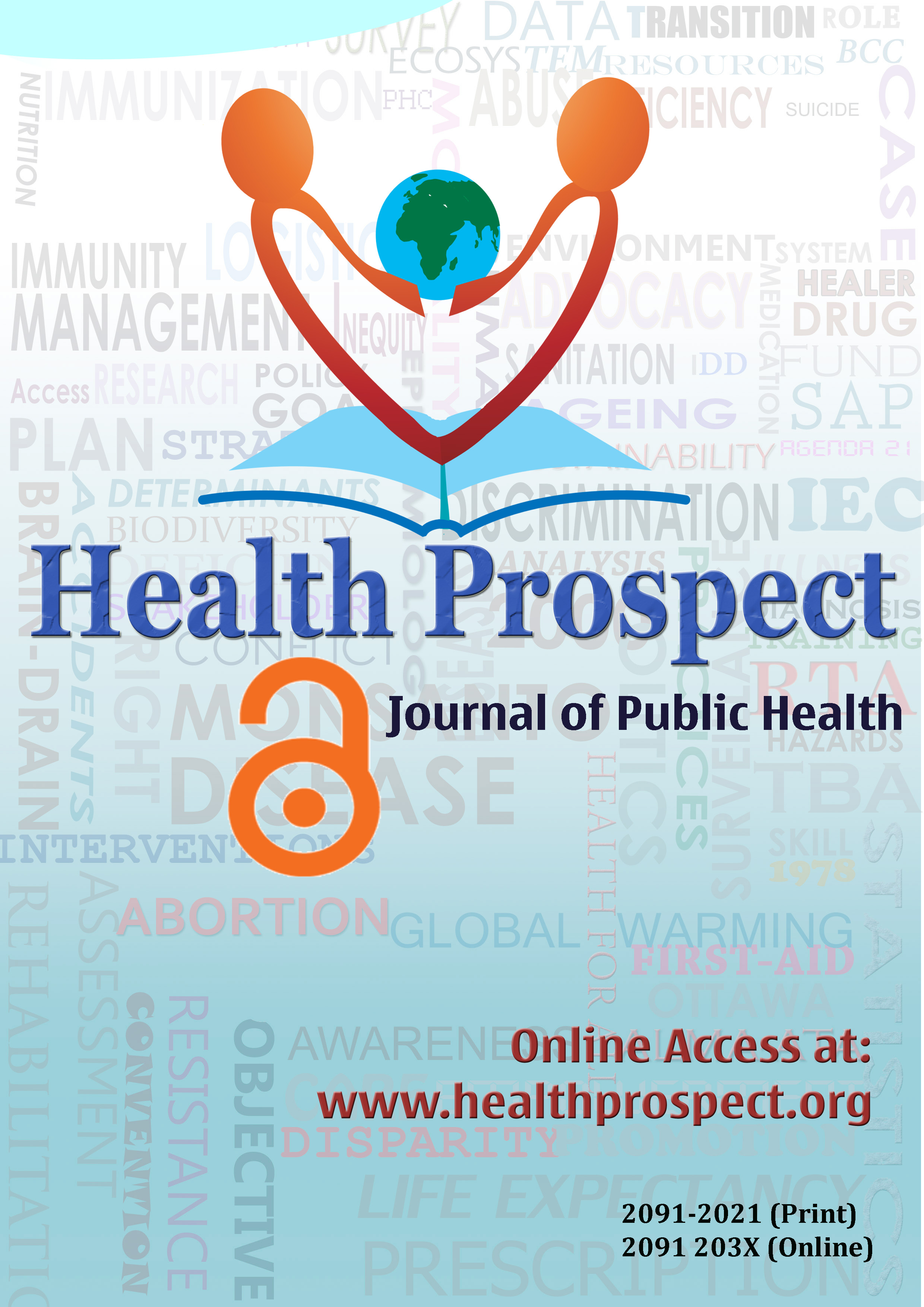Exploring Opportunities for Public Health Graduates in Government Health System in Nepal
DOI:
https://doi.org/10.3126/hprospect.v13i1.11292Keywords:
public health education, opportunities, health system, Nepal.Abstract
Nepal has a history of nearly three decades of public health education. Public health graduates are working under different capacities at governmental and non governmental organizations. If the health system can utilize this human resource, this will contribute to health system strengthening in Nepal. The objective of this paper is to explore the opportunities for public health graduates in government health system in Nepal. MoHP needs to expand opportunities for public health graduates in different areas within government system. Recruiting district level supervisors from bachelor in public health background would enhance performance because of their knowledge and skills on areas like district health management, research, public health administration, health economics and medical sociology as compared to those with certificate level education on General medicine currently being recruited. In the meantime this will create hundreds of job placements in district health system for job aspirants. Role of community health inspectors needs to be made clear and sanctioned at the district and peripheral level. Also, there is necessity of environmental health technicians, health educators, health economists and other types of health personnel. It is equally necessary to establish environmental health, occupational health, urban health, health care waste management, mental health and oral health units at district level. The other areas where public health graduates can work as health officers are District Development committee, Municipality, Women and Child office and Water and Sanitation Division Office. The public health community including its professional organization Nepal Public Health Association should advocate for the professional rights and contribute to create opportunities for public health graduates.
DOI: http://dx.doi.org/10.3126/hprospect.v13i1.11292
Health Prospect Vol.13(1) 2014: 7-11




